Apple's been playing catch-up in the smart home game for years, watching Amazon and Google dominate with their Echo Shows and Nest Hubs. But here's the thing – all the pieces are finally falling into place for Cupertino to create something truly special. The company is targeting a March-April 2026 launch for their smart home display, and the timing couldn't be more strategic. While competitors like Google's Nest Hub haven't seen major updates since the second-generation model arrived in 2021, Apple has been quietly building the foundation for what could be their most compelling home device yet. The company is planning to announce this command center as early as March, positioning it as the central nervous system for modern smart homes.
The hardware foundation is surprisingly solid
Let's break down what Apple's actually building here. We're looking at a device that's roughly the size of two iPhones placed side-by-side with a 7-inch display, designed in two distinct variants to fit different home environments. The first version is engineered for wall mounting, while the second features a speaker base reminiscent of the HomePod mini for desktop placement.
The engineering approach here is particularly clever. Apple's even planning to offer it in silver and black color options, giving users aesthetic flexibility that actually matters when you're mounting something permanently on your kitchen wall.
The device will pack a built-in camera for video calls, internal speakers, and a rechargeable battery – all wrapped in that distinctly Apple design language we've come to expect. The battery component is particularly smart, as it means the device would be lightweight and designed to be moved from room to room to be hooked up to different charging hubs. That's a flexibility advantage that wall-mounted competitors simply can't match – imagine easily moving your control center from the kitchen during morning routines to the bedroom for evening wind-down.
Software intelligence that actually makes sense
Here's where things get really interesting. Apple's smart home hub will run a custom operating system codenamed "Pebble", featuring an interface that blends elements from watchOS and iPhone's StandBy mode. But the real magic happens with presence detection – built-in sensors will determine when someone approaches and automatically adjust the interface accordingly.
Imagine walking by and seeing just the time and temperature, but as you get closer, the display shifts to show temperature controls or other relevant information. It's contextual computing at its finest – the interface adapts to your proximity and intent rather than forcing you to navigate through layers of menus. The system might even distinguish between different family members, personalizing the experience for each user.
This adaptive approach extends into the customization layer, where Apple has designed a customizable home screen with widgets for stock tickers, weather, and appointments. While there won't be an App Store, Apple apps will be available as widgets, maintaining security and performance while providing essential functionality. The widget system becomes part of the contextual adaptation – showing relevant information based on who's approaching and what they typically need at different times of day.
The Siri revolution that changes everything
Apple's been holding back this smart home display for one crucial reason – they're waiting for the dramatically improved version of Siri that's been in development alongside Apple Intelligence. The current Siri just wasn't capable enough for Apple's vision, so they decided to overhaul the underlying architecture that powers their virtual assistant.
This new Siri will be more comparable to ChatGPT or Claude, incorporating large language models to handle complex queries and complete sophisticated tasks. Instead of simple command-response interactions, imagine asking "Help me prepare for tomorrow's dinner party" and having Siri adjust lighting schedules, set temperature presets for when guests arrive, and even remind you to start the dishwasher beforehand. The assistant will feature onscreen awareness to see and interact with displayed content and deeper app integration for cross-platform functionality.
What makes this particularly powerful is how Apple's architecture enables these advanced capabilities. The hardware was designed around App Intents, a system that lets AI control applications and tasks, meaning the entire system is built from the ground up for intelligent automation rather than retrofitted with AI capabilities. Most importantly for privacy-conscious users, Apple will run this new Siri model on their Private Cloud Compute servers, ensuring user privacy remains intact while enabling the advanced processing power these features require.
Matter support opens up the ecosystem
One of Apple's biggest smart home challenges has always been device compatibility and cost. But Matter is reducing barriers to entry for Apple Home by making more affordable, compatible products available. Unlike competitors, Apple's HomeKit framework leverages local control without requiring cloud connections, giving users faster response times and better privacy.
This local-first approach, combined with Matter's universal compatibility, transforms the device selection process for consumers. Previously, choosing Apple meant hunting for expensive HomeKit-exclusive accessories or settling for limited options. Now users can walk into any major retailer and find affordable smart plugs, lights, and sensors that work seamlessly with their Apple smart display – all while maintaining the speed and security benefits of local processing.
The practical impact is significant: when you control a Matter-compatible device through Apple Home, the commands don't need to route through multiple cloud services – they happen locally on your network. That means faster response times, better reliability, and fewer opportunities for data collection by third parties, all while accessing the broader ecosystem of affordable smart home products.
Competitive positioning that could work
Here's the bottom line – Apple's timing might actually be perfect. While Google's Nest Hub 2nd-gen remains stuck at $100 with a 7-inch display and Amazon's Echo Show devices start under $200, Apple is reportedly considering pricing around $350 for their basic model. That's a premium, sure, but it's not the thousand-dollar territory we've seen with other Apple products.
What's really interesting is the research backing Apple's positioning. Studies show that Apple was preferred most overall in smart home user experience comparisons, ranking ahead of both Google and Amazon. However, Siri's voice interaction scored lower than competitors – which is exactly the weakness Apple is addressing with their AI overhaul.
The competitive landscape also works in Apple's favor right now. Google's slow hardware refreshes and habit of discontinuing older products have drawn criticism, while Amazon has focused on affordability over innovation in recent Echo Show updates. This creates space for a premium product that delivers genuinely superior experiences – especially one that addresses the core complaints users have about current smart displays.
With the new AI-powered Siri launching alongside the hub in an iOS 26.4 update, Apple could finally address their biggest weakness while leveraging their strongest advantages: privacy, ecosystem integration, and user experience design.
Where this all leads us
The pieces are genuinely falling into place for Apple's smart home ambitions. They've got the hardware design figured out, a revolutionary AI assistant ready to deploy, and an ecosystem approach that prioritizes privacy without sacrificing functionality. While competitors have been iterating on existing products, Apple has been building something fundamentally different – a smart home command center that adapts to users rather than forcing users to adapt to it.
The March-April 2026 timeline gives them enough runway to perfect the experience, and early reports suggest the development work has exceeded their original expectations. That's not something we hear often from Apple leaks – usually it's about delays and compromises, not about exceeding internal goals.
What makes this particularly compelling is how it addresses the fundamental friction points that have held back smart home adoption. Research shows that hubs were generally dispreferred compared to using voice commands or phone apps, with participants criticizing voice command functionality and app interfaces. Apple's approach – revolutionary AI, adaptive interfaces that respond to presence, and seamless ecosystem integration – tackles these exact pain points.
The real test will be execution. Can the new Siri live up to the ChatGPT comparisons? Will consumers pay the Apple premium for genuinely superior experiences? But for the first time in years, Apple seems to be building a smart home product that could establish new standards rather than just catch up to existing ones. If they can deliver on this vision, they might finally create the smart home display that makes the entire category click for mainstream users.






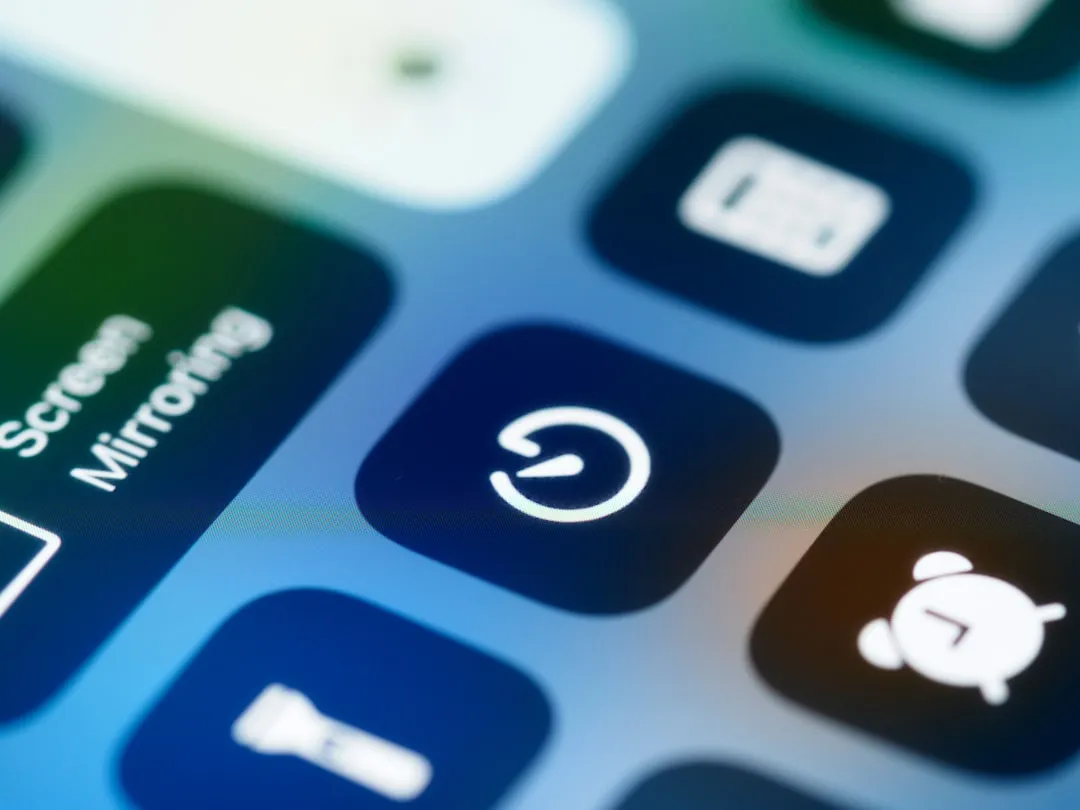
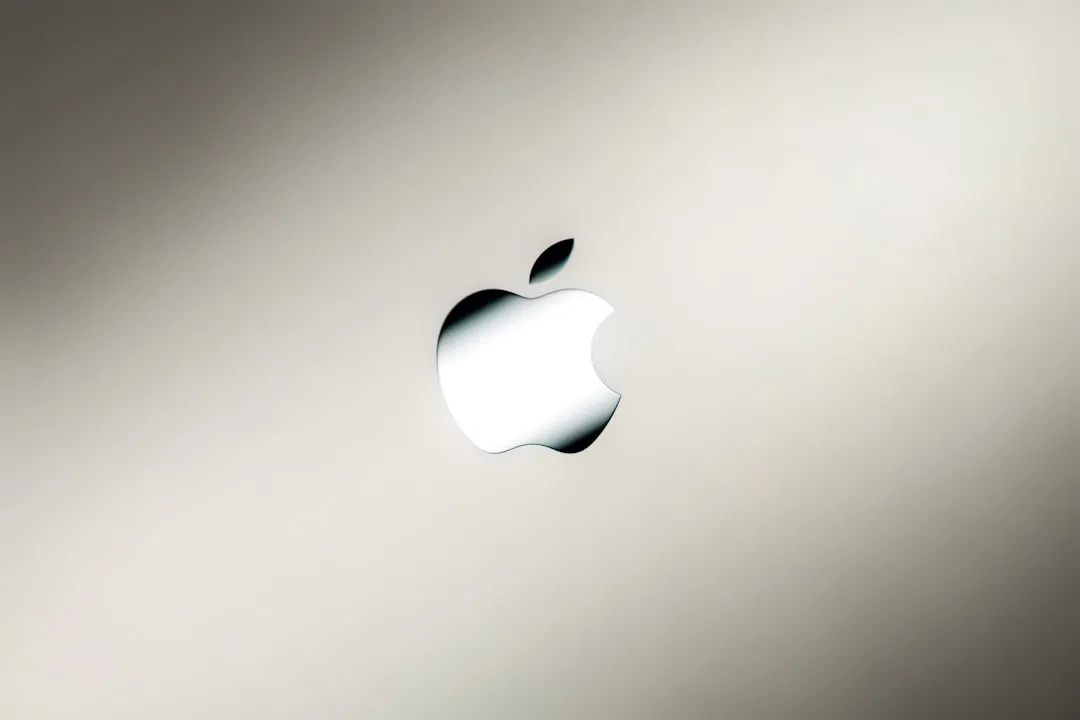



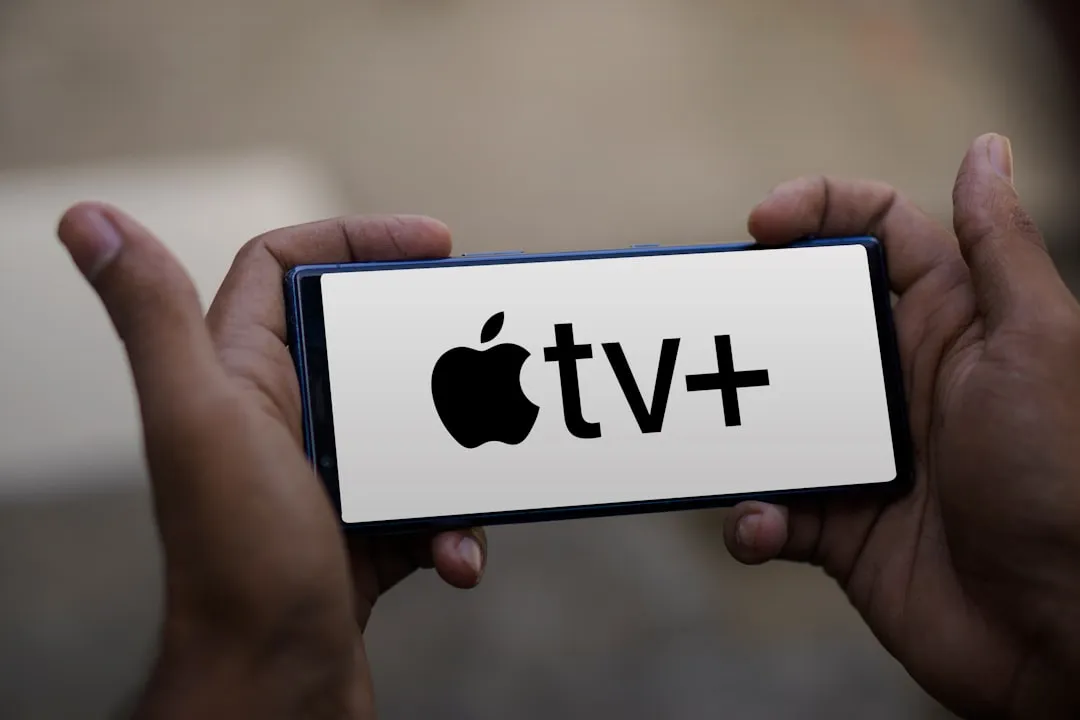
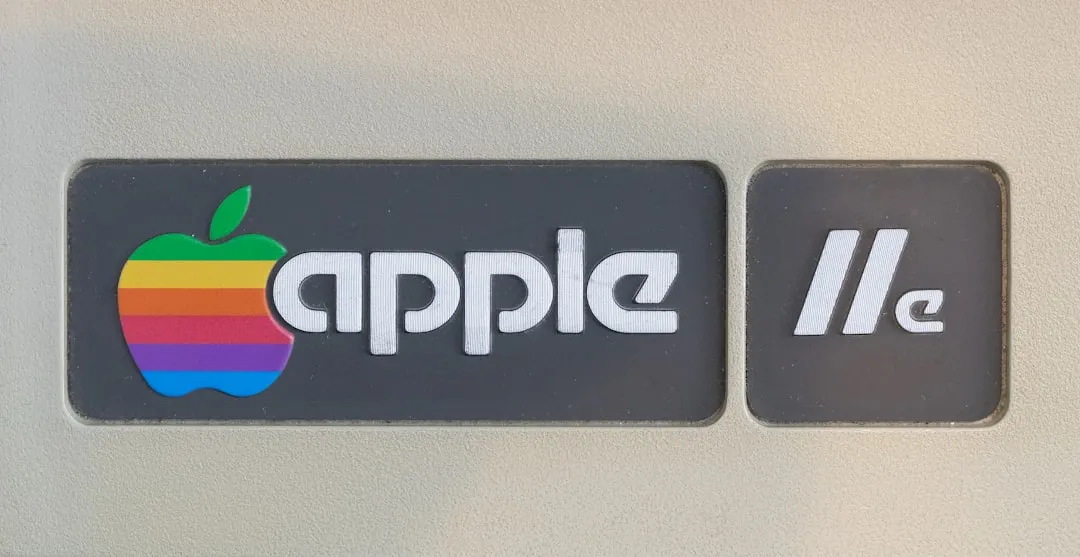



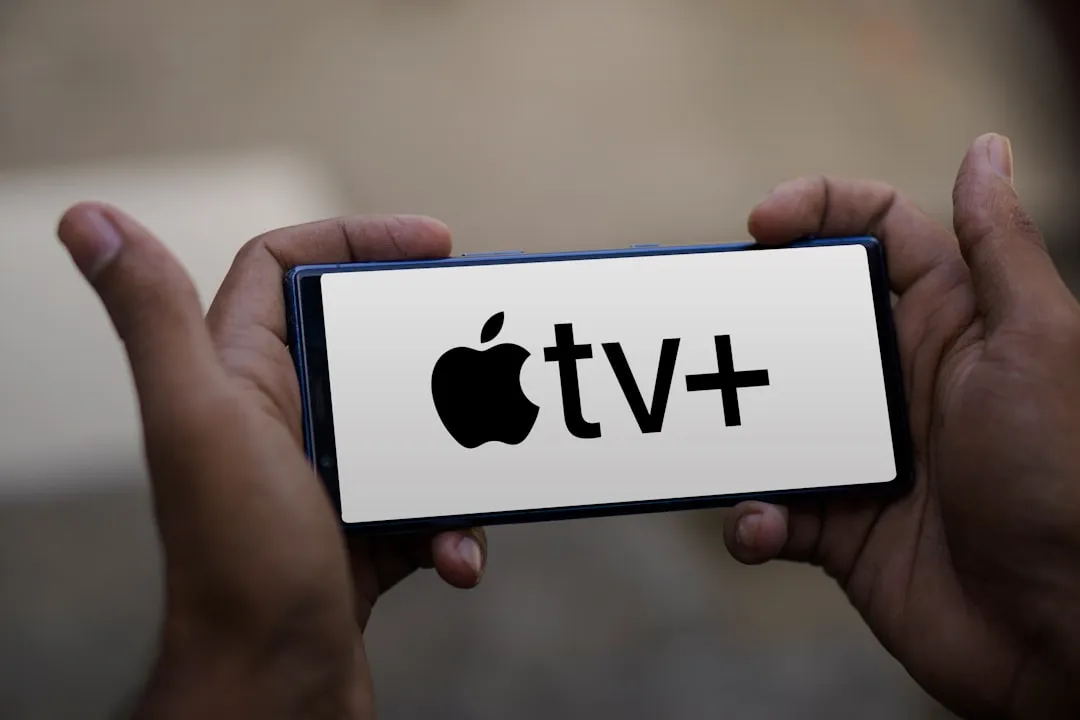
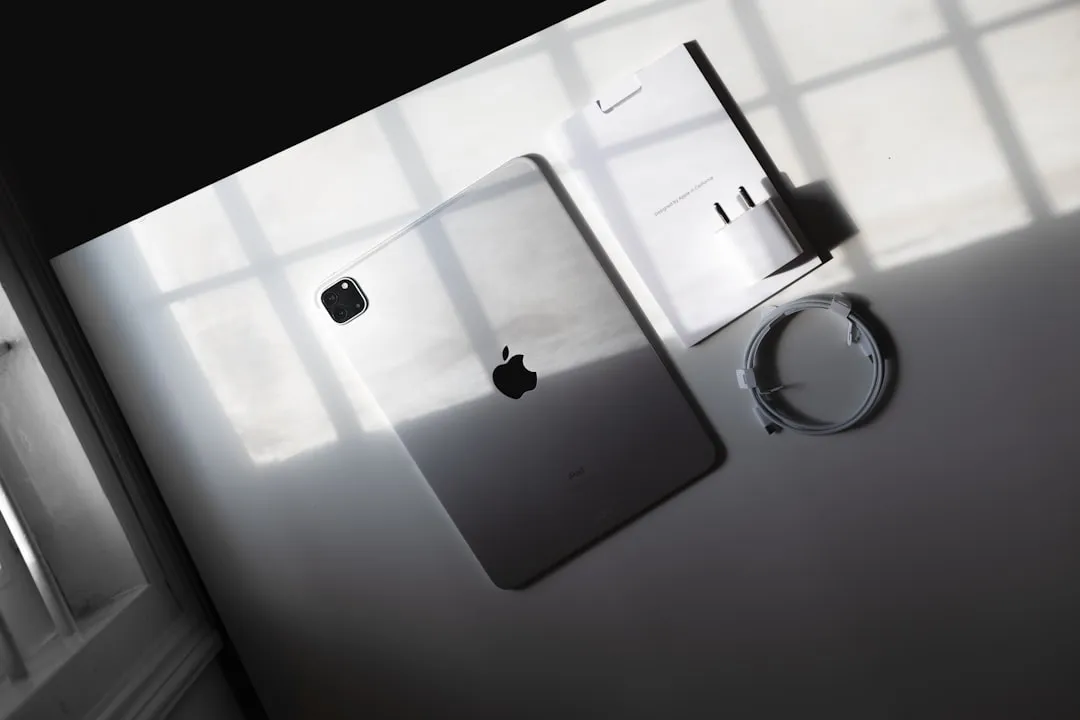




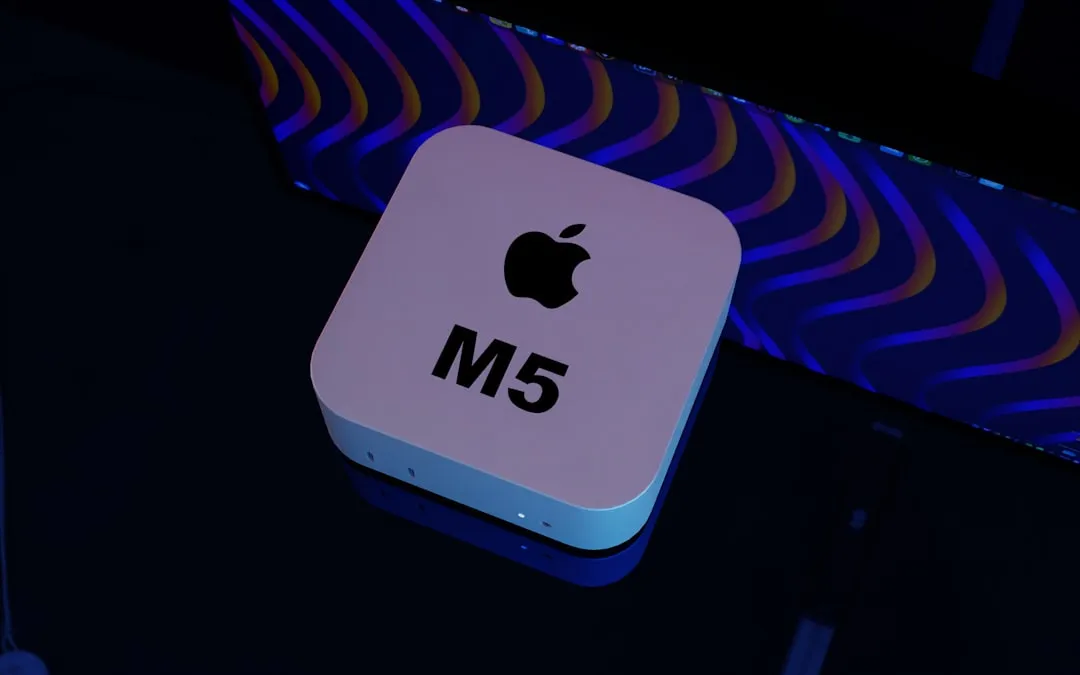
Comments
Be the first, drop a comment!